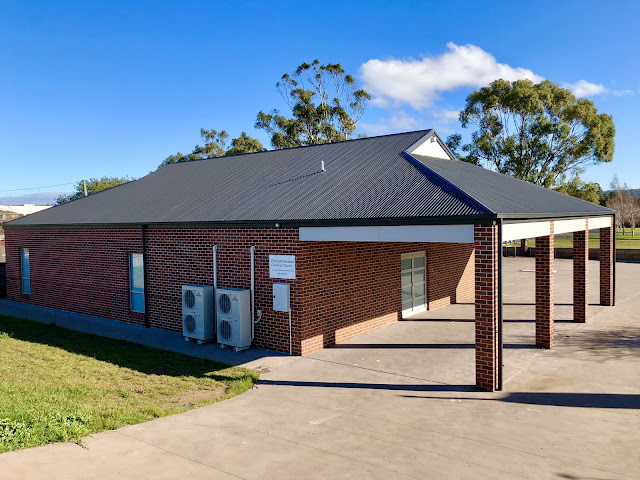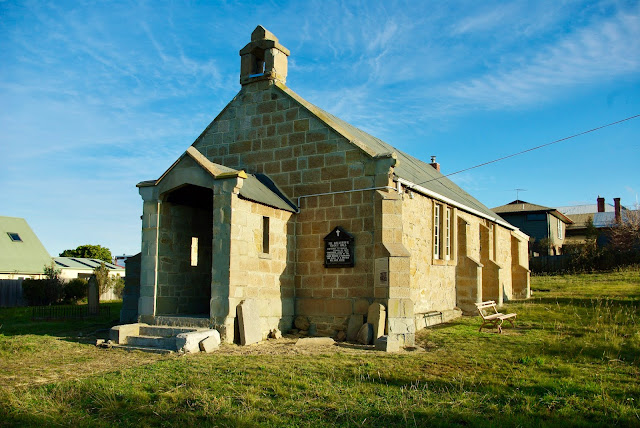No. 767 - Montello - The Salvation Army Hall

Montello is an inner southern suburb of Burnie situated on the Montello Hills above the city. In addition to the mainstream religious denominations, the suburb has been well served by minor denominations such as the Baptists; Apostolic Church; the Christian Brethren and the Salvation Army. Very little information is available on the public record about former Salvation Army Hall located on the corner of Bird Street and Tattersall Street. I have found no reference to its opening in the local newspaper record. However, a report about the Burnie Salvation Army published by the Advocate in October 1951 noted that “the young people at Montello Hall will hold their first anniversary service”. Presumably the hall had opened in the previous year. It would also seem that in the early years the hall was a centre for youth activities for the Burnie Salvation Army. The hall was used by the Salvation Army until the1980s when it was purchased by the Exclusive Brethren. The windows of the hall were...







